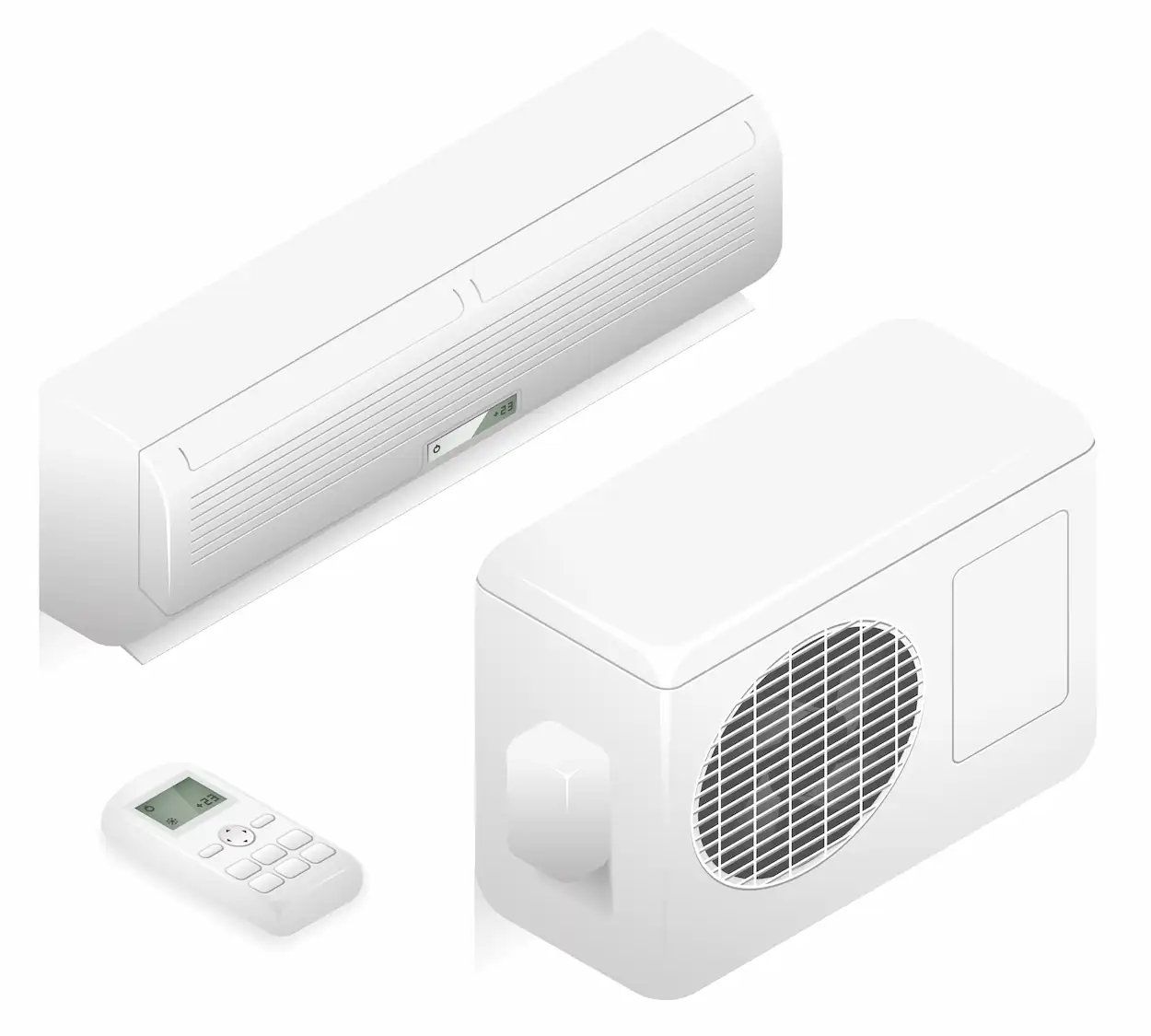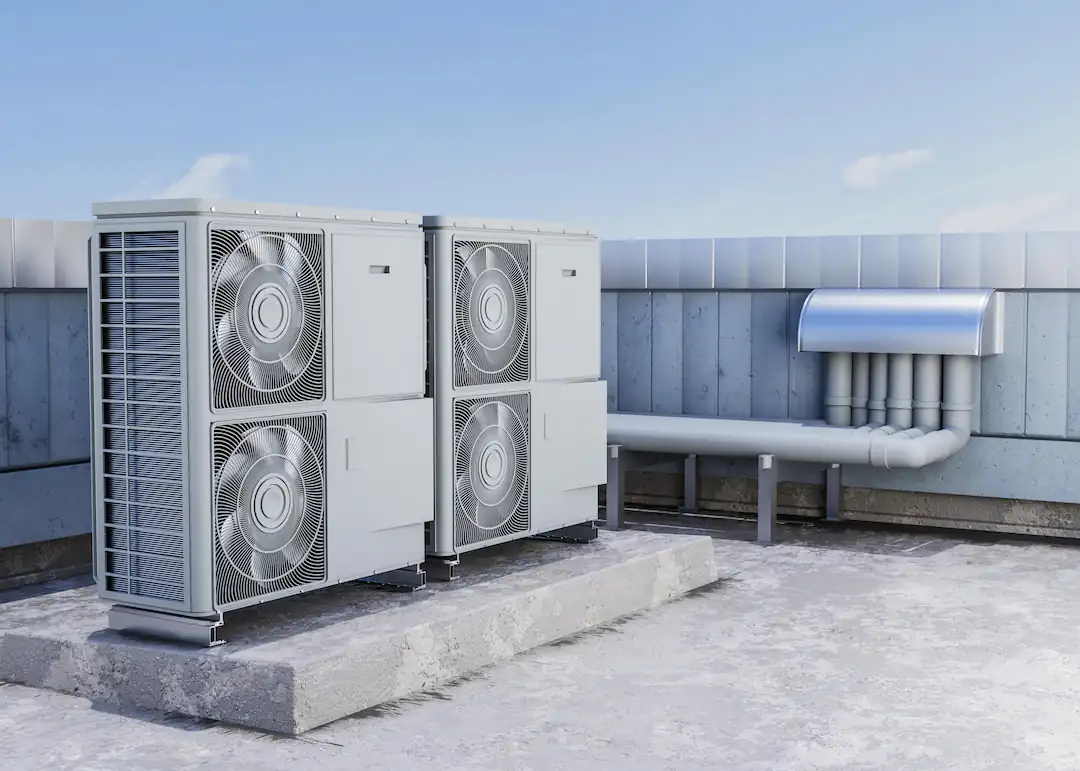
How does reverse cycle air conditioning work?
Reverse cycle air conditioning, also known as a heat pump, functions by harnessing the principles of refrigeration. It extracts warmth from the outdoor air, even in cold conditions, and transfers it indoors to heat your living space. During hot weather, the system reverses its operation, expelling heat from inside to outside, thus cooling your home. This versatile technology offers energy-efficient heating and cooling, making it a popular choice for maintaining indoor comfort, especially in regions with distinct seasons like Australia.
Advantages of reverse cycle air conditioning
Reverse cycle air conditioning offers several advantages. It's energy-efficient, providing both heating and cooling in one system. This versatility makes it cost-effective. It maintains consistent indoor temperatures, ensuring year-round comfort. Additionally, it filters and dehumidifies the air, improving indoor air quality. The system operates quietly and is environmentally friendly due to reduced energy consumption. It's a wise choice for regions with varying climates, like Australia, where it can effectively combat both cold winters and scorching summers.

When in Cooling Mode
In Cooling Mode, reverse cycle air conditioning functions by extracting heat from indoor air and expelling it outside. The process begins with the refrigerant absorbing heat from the indoor air, causing it to evaporate and become a low-pressure gas. The compressor then raises the temperature and pressure of this gas, making it release heat outside. The refrigerant, now a high-pressure liquid, cools and returns to the indoor unit, ready to repeat the cycle. This continuous heat exchange effectively lowers the indoor temperature, providing a comfortable and energy-efficient cooling solution during hot weather.
Reverse Cycle Air Conditioning Features
Moreover, many models offer additional features, including air quality purification, in addition to the ones mentioned below:
Cool: This function maintains a comfortable indoor temperature by transferring heat from the interior to the exterior, effectively cooling the space.
Dry: While not as intense as the cooling mode, this function aids in cooling and effectively dehumidifying the indoor air, ensuring a more comfortable atmosphere.
Heat: This function is designed to warm the room by coordinating the outdoor unit with the indoor unit to deliver heated air indoors.
Thermostat: This function allows you to customize the room temperature to your liking, and the thermostat will regulate the output accordingly.
